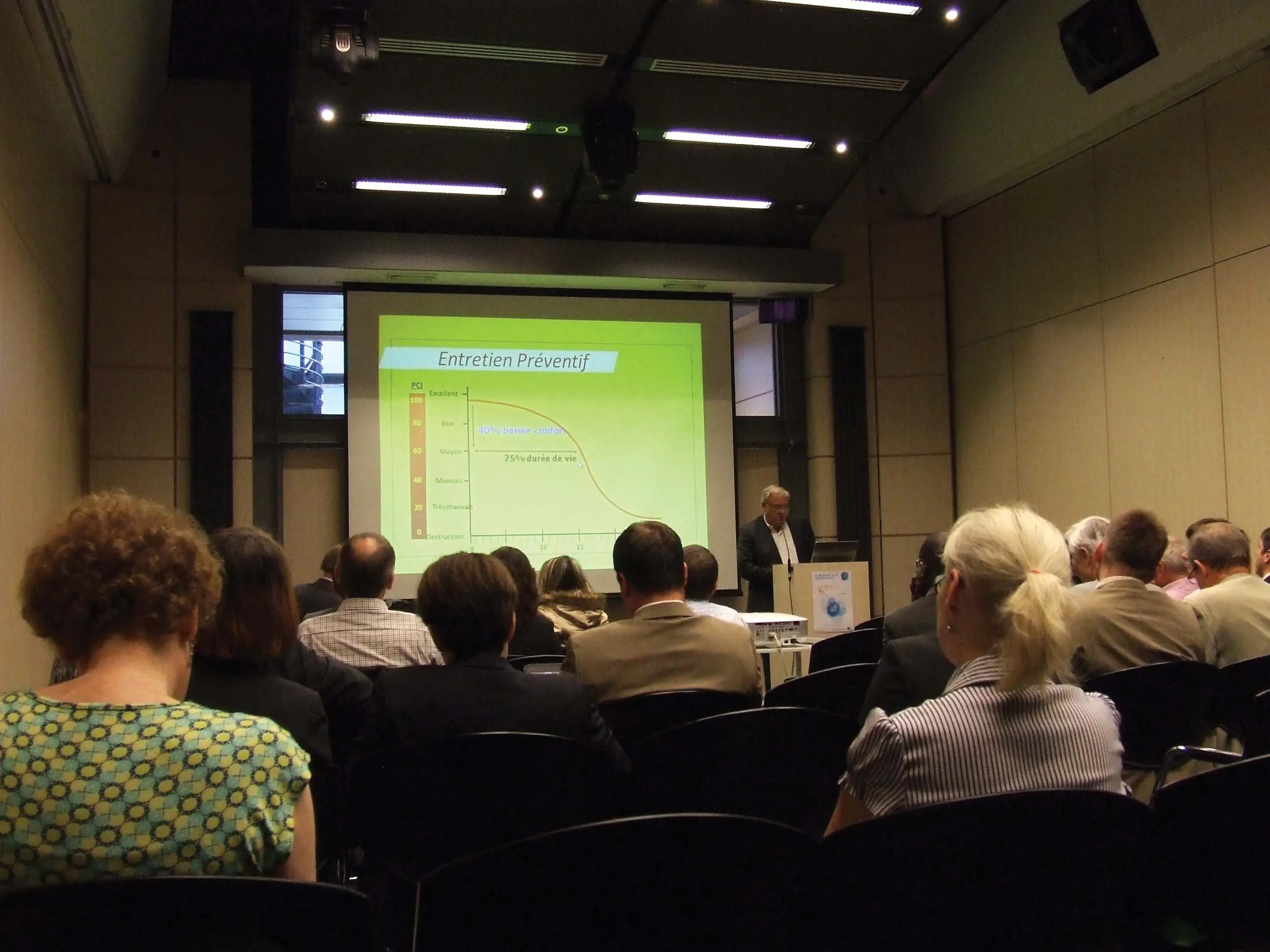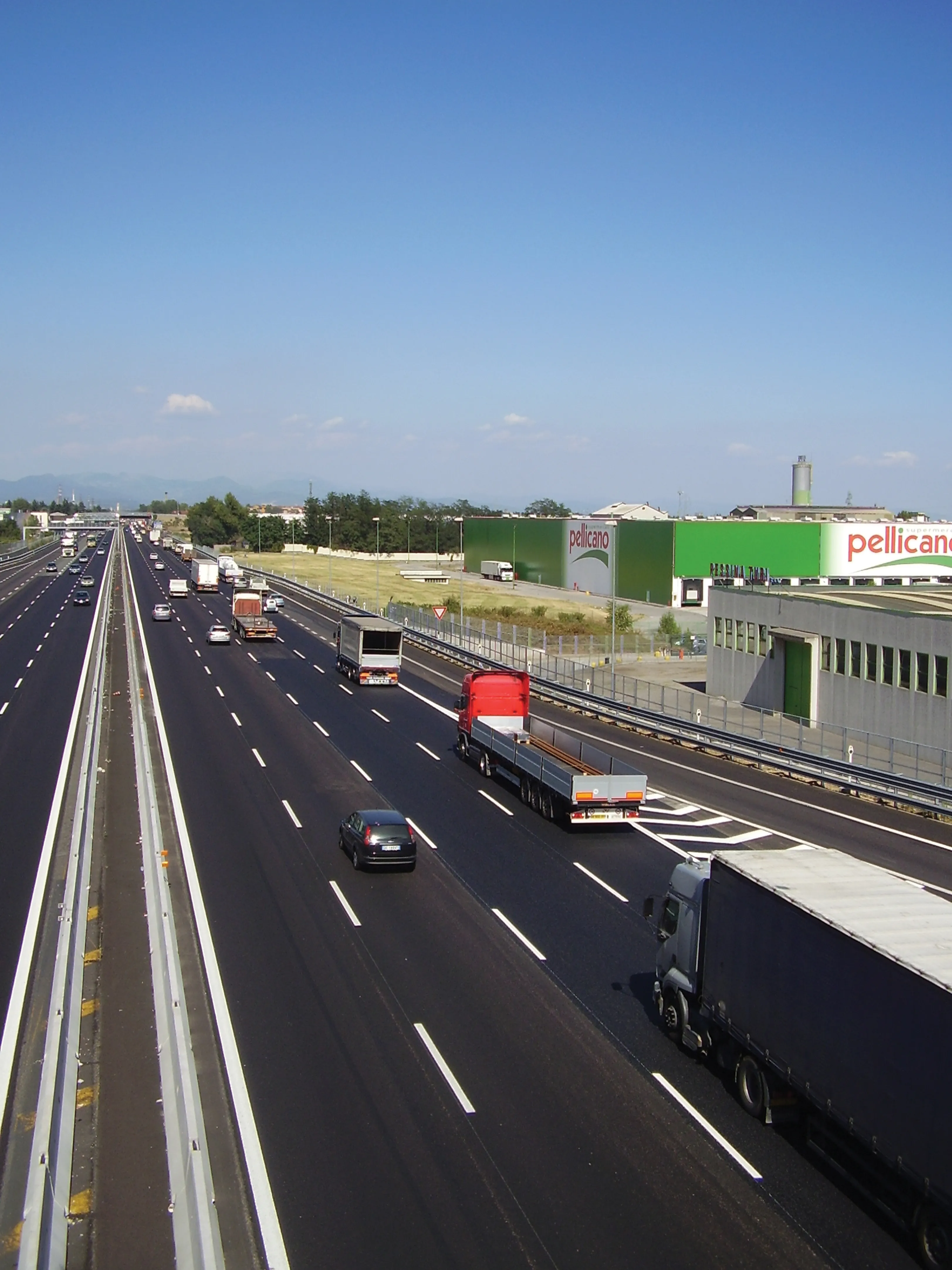Transnational collaboration on road infrastructure innovation is the aim of the ERA-NET Plus (EN Plus) Infravation event. The Infravation 2014 Call for this collaboration of 11 countries on road infrastructure innovation will be launched on 3rd March 2014. It will pool funding of some €9 million, of which one-third comes from the European Commission (EC). For the first time, the US Federal Highway Administration (FHWA) will also contribute funding to an EN Plus Call however. This is a major development and
April 2, 2014
Read time: 4 mins

Transnational collaboration on road infrastructure innovation is the aim of the ERA-NET Plus (EN Plus) Infravation event. The Infravation 2014 Call for this collaboration of 11 countries on road infrastructure innovation will be launched on 3rd March 2014
It will pool funding of some €9 million, of which one-third comes from the2465 European Commission (EC). For the first time, the US 2410 Federal Highway Administration (FHWA) will also contribute funding to an EN Plus Call. This is a major development and will lead to greater sharing of information and research on an international basis and to the benefit of all.
The Infravation 2014 Call aims to support the development of advanced systems, materials and techniques for road infrastructure. Key topics being covered have been specified in a Scoping Study and include advanced predictive infrastructure performance processes, enhanced durability and lifetime extension, and rapid and non-destructive methods for routine quality and performance checks of materials and construction.
They also include keeping freight routes open through zero-intrusive maintenance, ensuring infrastructure performance under all weather conditions, resource and energy efficiency in road construction and maintenance and virgin material reduction by substitution or recycling.
The Infravation 2014 Call focusses on the development of innovative technologies for road operations, either on the European, national, regional or urban networks. For construction and maintenance technology, aspects such as advanced robotics could be developed. The exact details, including the funding scheme for specific stakeholders, will be published in the Infravation 2014 Call Guide for Applicants, which will be available at the launch on 3rd March 2014.
Members of FEHRL have the opportunity to partner with FHWA to transfer knowledge findings from the second Strategic Highway Research Program (SHRP2) for consideration in European innovation initiatives. Members of CEDR may be particularly interested in these products currently available for highway improvements.
The stronger partnership between the US and Europe will form the basis for future progress. Collaboration on solutions to problems of mutual concern offers a cost-effective means to improve transportation systems. This approach capitalises on partnerships and knowledge to ensure successful and sustainable collaboration with limited resources.
The arrangement has now been operating successfully for a number of years and in October 2009, FHWA became an Associate of the1364 Forum of European National Highway Research Laboratories (FEHRL). This group brings together more than 30 national research and technical centres in Europe, along with associated institutes worldwide.
In July 2011, FHWA and FEHRL then signed a Memorandum of Cooperation (MoC) that formed the foundation for an organisational and financial partnership. The intent of the new partnership is to speed the development and implementation of innovations and highway technologies, while expanding markets for all engaged.
The Models for rolling resistance in Road Infrastructure Asset Management (MIRIAM) Systems is one example of work underway in Europe that is beneficial to the US. During the second phase of this work, the cooperative agreement enabled the first TFHRC-FEHRL jointly funded collaborative activity. The objective of the project is to provide a sustainable and environmentally friendly road infrastructure by developing an integrated methodology for improved control of road transport CO2 emissions. This work will be brought to the US with nominal FHWA funding, achieving greater value for the research investment.
Since 2010, FEHRL has been organising study tours of the US. Each tour has been developed in cooperation with FHWA’s Turner-Fairbank Highway Research Center (TFHRC), which represents the US in FEHRL. The tours are intended to encourage the exchange of knowledge and the building of partnerships between organisations in the United States and participating members of FEHRL. Previous tours have included teams from Europe, Israel, South Africa, Australia, and the US. These teams also have included experts from FEHRL institutes, as well as road directorate experts from the Conference of European Road Directors (CEDR), the European counterpart to the3510 American Association of State Highway and Transportation Officials.
It will pool funding of some €9 million, of which one-third comes from the
The Infravation 2014 Call aims to support the development of advanced systems, materials and techniques for road infrastructure. Key topics being covered have been specified in a Scoping Study and include advanced predictive infrastructure performance processes, enhanced durability and lifetime extension, and rapid and non-destructive methods for routine quality and performance checks of materials and construction.
They also include keeping freight routes open through zero-intrusive maintenance, ensuring infrastructure performance under all weather conditions, resource and energy efficiency in road construction and maintenance and virgin material reduction by substitution or recycling.
The Infravation 2014 Call focusses on the development of innovative technologies for road operations, either on the European, national, regional or urban networks. For construction and maintenance technology, aspects such as advanced robotics could be developed. The exact details, including the funding scheme for specific stakeholders, will be published in the Infravation 2014 Call Guide for Applicants, which will be available at the launch on 3rd March 2014.
Members of FEHRL have the opportunity to partner with FHWA to transfer knowledge findings from the second Strategic Highway Research Program (SHRP2) for consideration in European innovation initiatives. Members of CEDR may be particularly interested in these products currently available for highway improvements.
The stronger partnership between the US and Europe will form the basis for future progress. Collaboration on solutions to problems of mutual concern offers a cost-effective means to improve transportation systems. This approach capitalises on partnerships and knowledge to ensure successful and sustainable collaboration with limited resources.
The arrangement has now been operating successfully for a number of years and in October 2009, FHWA became an Associate of the
In July 2011, FHWA and FEHRL then signed a Memorandum of Cooperation (MoC) that formed the foundation for an organisational and financial partnership. The intent of the new partnership is to speed the development and implementation of innovations and highway technologies, while expanding markets for all engaged.
The Models for rolling resistance in Road Infrastructure Asset Management (MIRIAM) Systems is one example of work underway in Europe that is beneficial to the US. During the second phase of this work, the cooperative agreement enabled the first TFHRC-FEHRL jointly funded collaborative activity. The objective of the project is to provide a sustainable and environmentally friendly road infrastructure by developing an integrated methodology for improved control of road transport CO2 emissions. This work will be brought to the US with nominal FHWA funding, achieving greater value for the research investment.
Since 2010, FEHRL has been organising study tours of the US. Each tour has been developed in cooperation with FHWA’s Turner-Fairbank Highway Research Center (TFHRC), which represents the US in FEHRL. The tours are intended to encourage the exchange of knowledge and the building of partnerships between organisations in the United States and participating members of FEHRL. Previous tours have included teams from Europe, Israel, South Africa, Australia, and the US. These teams also have included experts from FEHRL institutes, as well as road directorate experts from the Conference of European Road Directors (CEDR), the European counterpart to the









